
Practices
- Centering Prayer
- Senses Awareness
- S.T.O.P.
- Pleasure Bites
- Attention to Routine
- Walking
- Breath
- Haiku
- Welcoming Prayer
- Antony Bloom Coffee Break
Mindfulness is…
Paying attention in a particular way: on purpose, in the present moment, and non-judgmentally. Dr. Jon Kabat-Zinn
Mindfulness is a type of brain exercise. Just as physical training helps us to gain new strength, control and skills, brain training gives our brain new strength, control and skills.
Benefits: Overview of benefits of mindfulness that have been found in research studies:
- Mindfulness gives individuals an increased ability to control thoughts.
- Mindfulness assists individuals in the discovery of pleasures in human activity.
- Mindfulness has a byproduct of the ability to observe the nature of thoughts without necessarily getting caught up into their content. (Detach)
- Mindfulness helps people to disengage from ruminative thought patterns. (Depression)
- Mindfulness training develops the ability to disidentify or reperceive one’s experience, which directly and indirectly mediates change.
- Mindfulness has been shown to bring greater clarity, objectivity and equanimity, as well as helping self-regulation, values clarification, and cognitive and emotional flexibility.
- Mindfulness increases approach, decreases avoidance brain patterns.
- Mindfulness is a state that can become a trait.
- Mindfulness increases brain coherence
- Some types of mindfulness exercises develop synchronicity. Synchronicity of firing in the brain creates a sense of well-being. (Happiness, peace)
- Mindfulness exercises vary just as physical work-outs vary in what aspects of the brain are developed.
- We can change our gene patterns through mindfulness.
- Mindfulness is a key element in over coming addictive behavior.
- Mindfulness increases emotional intelligence. Relational skills.
- Mindfulness strengthens immune system.
- Mindfulness can help regulate pain.
- We can change our gene patterns through mindfulness.
“One of the key practical lessons of modern neuroscience is that the power to direct our attention has within it the power to shape our brain’s firing patterns, as well as the power to shape the architecture of the brain itself.” (Mindsight pg 39) Our chosen mental activities can stimulate brain firings which can change our brain structure. The simple attention in mindfulness is a power tool for change.
The Practices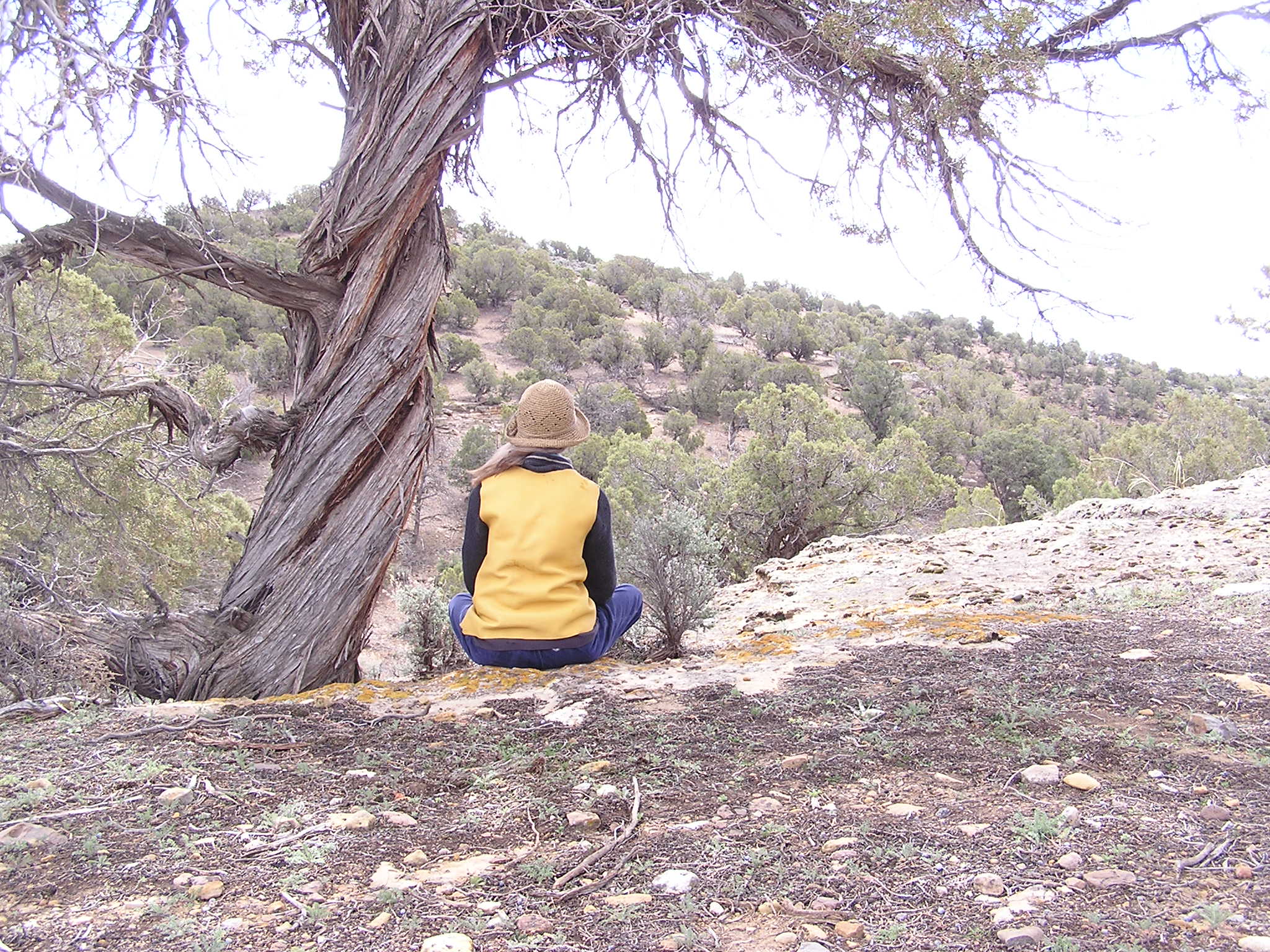
Practice One: Centering Prayer
Centering prayer was my introduction into mindfulness. After using this method for about a month I discovered the mental mute button; the ability to quiet my mind from the endless chatter of my left-brain.
A prayer method developed by Fr. Thomas Keating and fellow monks about 50 yrs ago that is based on much older Christian prayer practices.
The Basics:
- Select a word to express your intention to be in God’s presence and have Him work inside you.
- Sit
- Open your heart towards God
- When ever a thought comes up, say your selected word to remind yourself of your intention and let the thought go. (Repeat this step 1,000 times. Gently.)
- After 20 minutes get up.
Thoughts that distract:
1. Superficial
2. Stronger emotional thoughts/feelings
3. Insights, breakthroughs,
4. Self-reflection and evaluating
5. Inner purification God’s psycho- therapy “undigested material of a life time is gradually evacuated.”
In all cases of distracting thoughts: Let the thought go.
Remember: the letting go of thoughts is just a valuable as the time in quiet. You only ‘fail’ if you fail to try.
This is a difficult prayer practice. The fruit of Centering Prayer is seen in your daily life as well as in the 20 minutes of prayer. You need to practice for 20 minutes a day for two weeks to a month before you see ‘results’(fruits). Practicing twice a day will bring quicker ‘results’ (fruits).
Optional beginning: Read Scripture
Optional ending: Lord’s prayer
Practice Two: Senses Awareness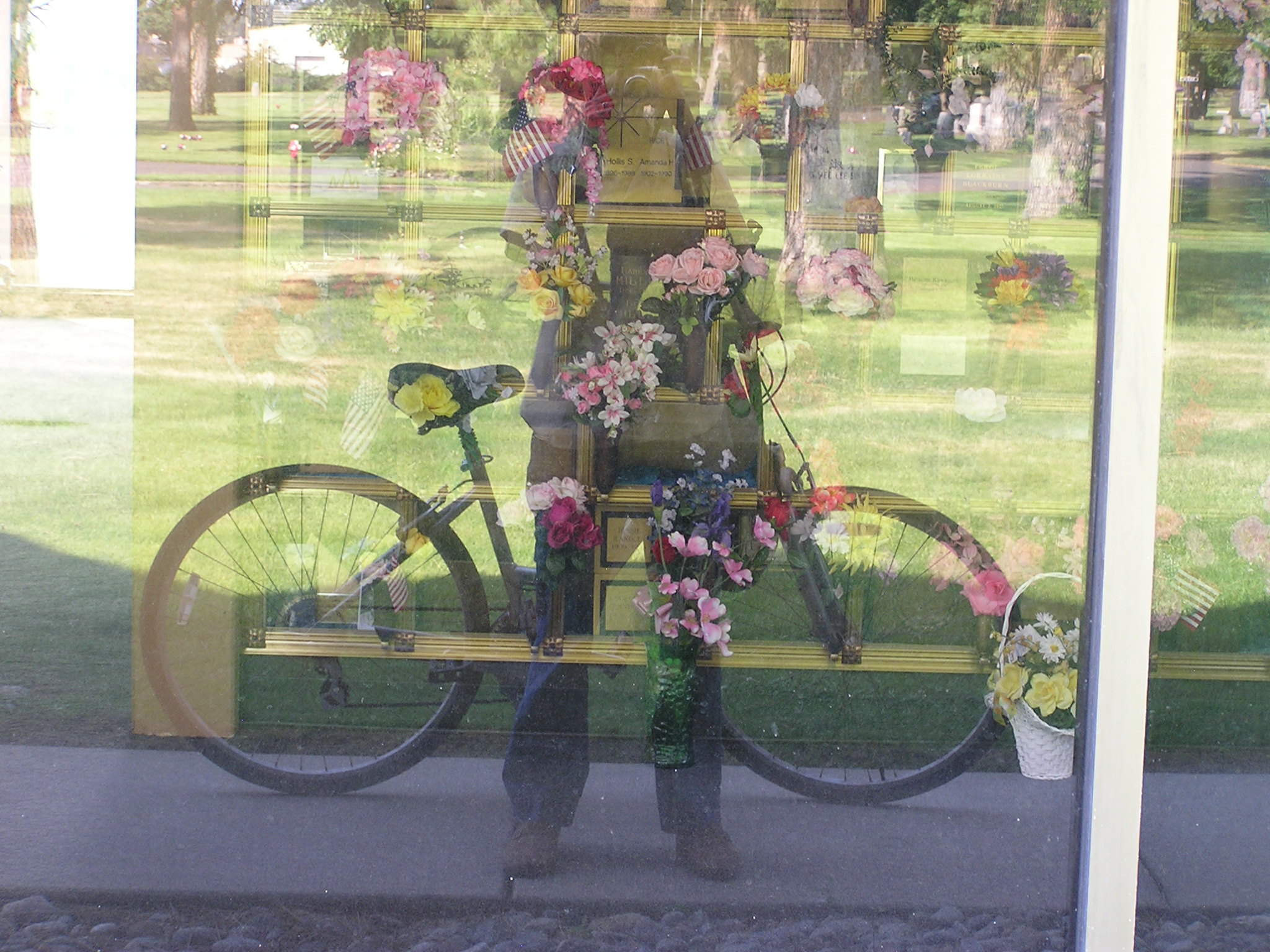
This second practice is one I “made-up” when I was in high school. I would ride my bike to an over-look of the Spokane River in a remote undeveloped section of a cemetery near my house. Then I would sit with God and do this senses exercise. I began by closing my eyes and listening to everything around. Then I would open my eyes and plug my ears and observe the world though my eyes. Then I would close my eyes and plug my ears and observe the world with my other senses.
When I began to study mindfulness it occurred that this practice of long ago would make a good mindfulness practice. Then when I visited the local mental health center in preparation for the class I discover this very exercise in their manual. I have added an additional sense to make it more complete. Since I believe in a Spiritual world I also take time to observe the presence of God. This is usually perceived by faith rather than sensory feeling; just a simple act of faith.
Senses Awareness:
Option One: Set aside a specific 5-10 minutes for this exercise. Take 1 or 2 minutes to focus on each sense. You can provide items (food is a good one) for all senses or just use what is right before you.
Option Two: 30 second method. Through out the day I stop for about 30 seconds and pay attention to each sense for a few seconds. Quick as this is I have found it effective to bring me back to awareness of the present moment.
Practice Three: S.T.O.P.
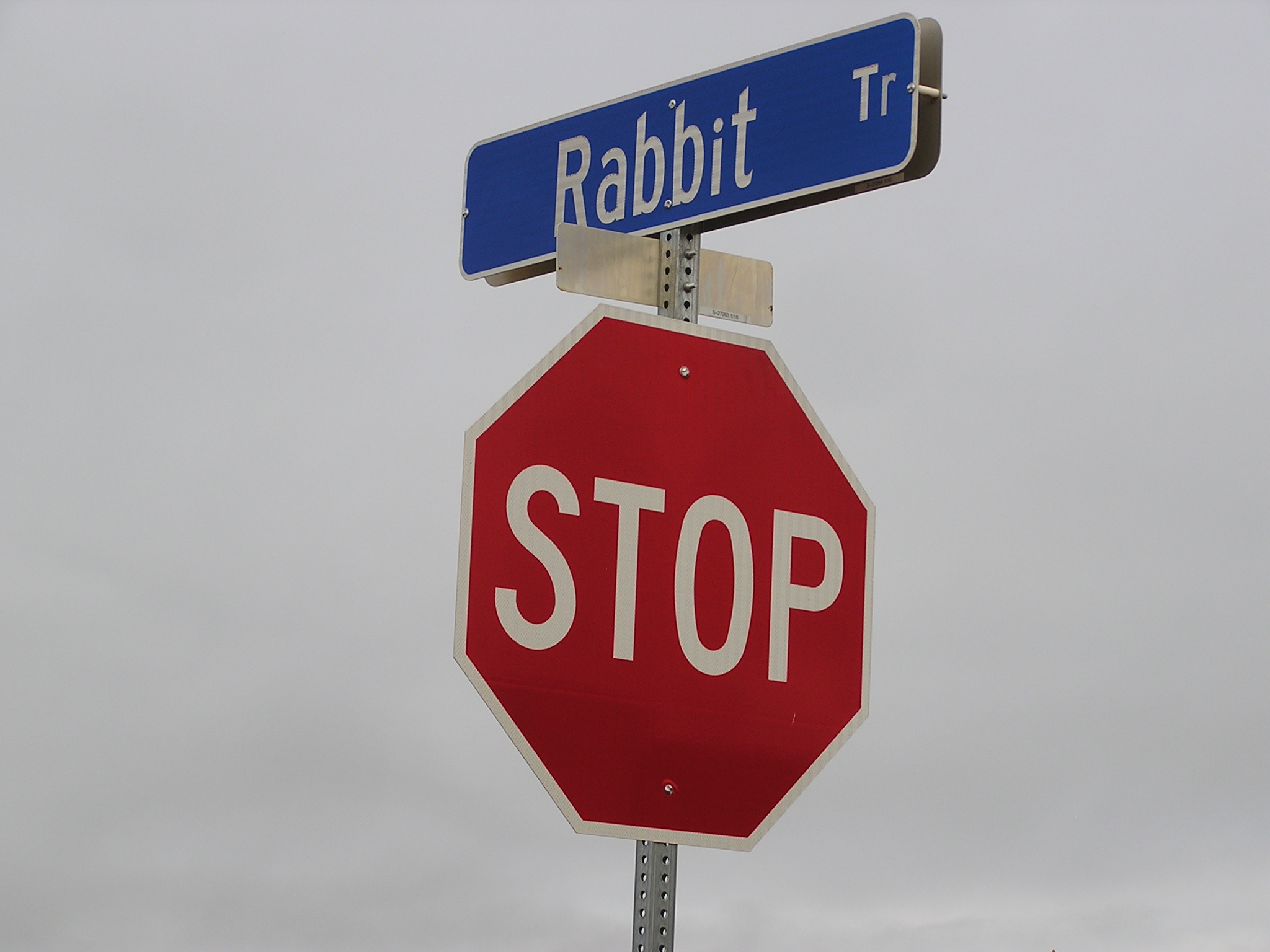
Busy day mindfulness alignment practice
This practice can take less than a minute, so if you are busy or rushed you can still take the time to S.T.O.P.. I find that it is difficult for me to want to break ‘flow’ when I am working. ‘Flow’ is a great state of mind, but it is not mindfulness. I find my life is richer when I include a significant dose of mindfulness within my days of flow. This S.T.O.P method feels less invasive to my flow than many mindfulness practices so it is easier to choose to do.
In the midst of your day, stop for a minute (more or less) with the following method.
Stop what you are doing. Take a breath. Then observe your outer and or inner world. How do you feel? Do you need to adjust your posture? Are you thirsty? What is your emotional state? What is happening around you? What is curious, beautiful . . . . After observing as long as you find appropriate then proceed with your activity.
S-stop
T-take a breath
O-observe (external world around you and internal world of thoughts and physical world of your body)
P– proceed
Practice Four: Pleasure Bites
Whether, then, you eat or drink or what ever you do, do all to the Glory of God. 1 Cor. 10:31
I love to eat. But a great deal of the food I have consumed in my life time has been eaten mindlessly. Paying attention to the process of eating is full of pleasures, but difficult to choose. It requires slowing down and choosing not to multi-task. When I choose to eat mindfully I find more satisfaction in the meal and I sense my body benefits as well.
God built us to enjoy our food. Cephalic Phase Digestive Response is our experience of the taste, aroma, satisfaction, and over all pleasure of a meal. This Response effects from 20-80% (depending on the study) of calorie burning, digestive power, and the assimilation of specific nutrients. When we eat mindlessly we significantly diminish metabolism, digestive and calorie burning power.
When we eat with stress we create a digestive shutdown. When we are stressed our body does not consider digestion a priority so it shuts down. When we are stressed enzymes in our saliva that breakdown food are reduced and blood flow to the small intestine is decreased by up to 4 times. This creates poor assimilation of nutrients.
So, when we mindlessly eat while watching a movie, the news, or in a stressful conversation, we compromise our digestion and ability to burn calories.
Exercise in mindful eating:
- Select food
- View as new
- Take time
- Smell, feel, appreciate
- Consider history of food
- Express gratitude, give thanks to God and others
- Eat SLOWLY
- Notice as much as possible

Practice Five: Attention to Routine
In this practice you transform a mindless routine into a mindful action. Doing dishes is a common example. I come to the sink and notice my posture. I turn on the water and notice the sound of it hitting the sink. I feel the heat change and smell the soap. I notice the beauty of the bubbles. My mind wanders and I note the content of the wandering and return to the dishes. I feel the weight of the plate and note the change of pitch in the sink of water. I stack the plate carefully on the rack. I am present with the process of doing dishes.
Mindful routine introduces the possibility of discovering the novel in the ordinary. Beauty in the common. This discovery can be deeply satisfying.
Routine ideas: Walking, biking, bathing, dressing, laundry, dishes, typing, or any activity you do on a regular basis.
Attention to a routine:
Select a routine that you do regularly and then give your full attention to that routine. Mind wandering, which is what we usually do during a routine, will be common. When you find your mind wandering, just bring your thoughts back to the routine. Some mindfulness practices suggest that you can briefly observe the thought and even give it a name (planning, worrying . . .) before you let it go.
Practice Six: Walking
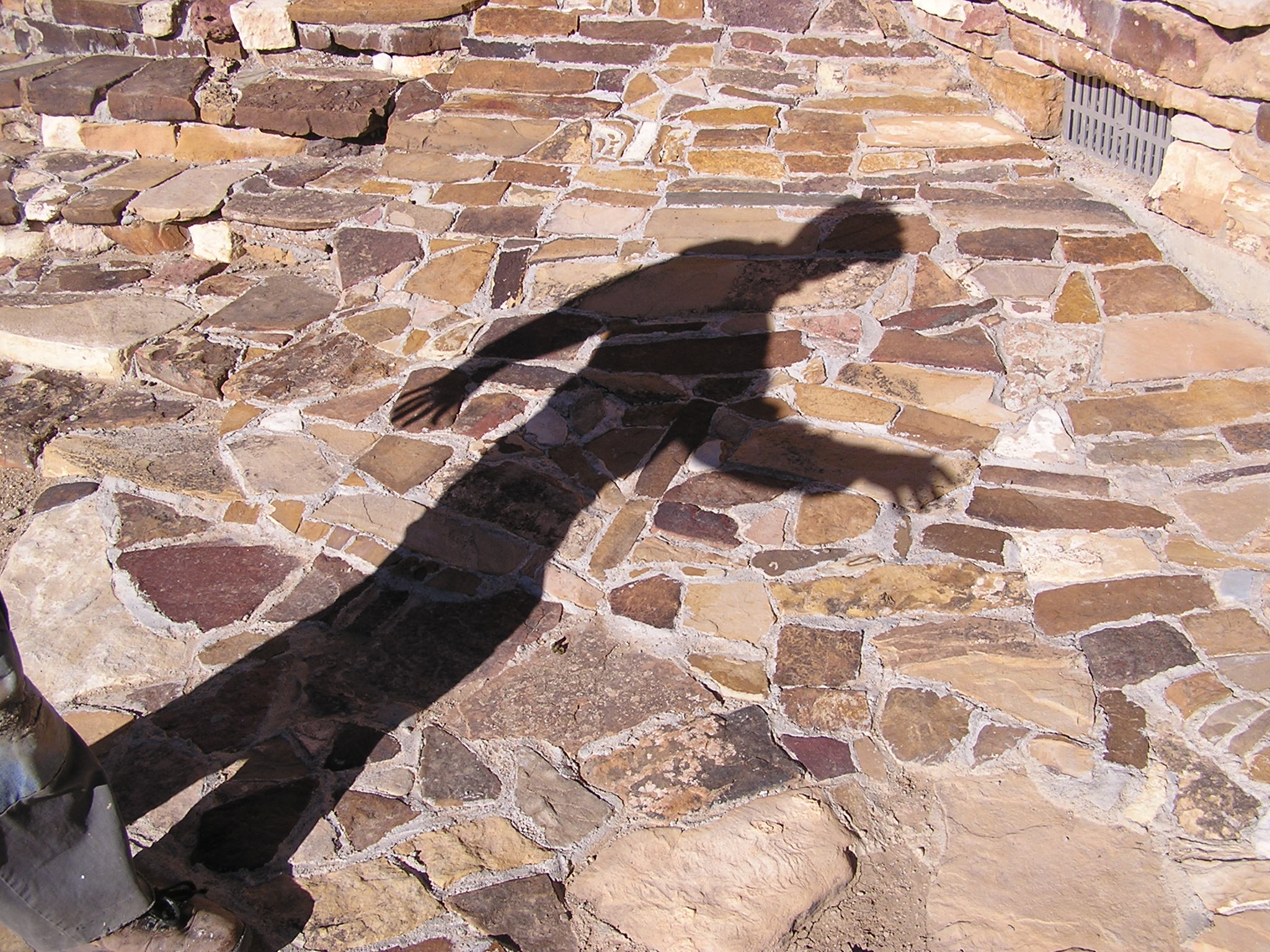
Movement
Mindful attention to movement expands a mindfulness practice beyond the sitting practices. Walking meditation is the most well-known.
Walking meditation
1. Select a route (across a room, down a path. . . )
2. Giving attention to every detail of movement, slowly walk your route.
The walking meditation has no destination and is purely for the purpose of meditation practice. Walking meditations can also be done when you are in the midst of your day, walking slowly or even quickly to an intended location.
I often use walking to the garden as a mindfulness exercise. As I walk I notice the feel of the rock surface on my feet, I become aware of my posture, the feel of air on my face, the speed of my movement past the trees and sagebrush. Some people do a walking meditation as they travel on foot from a parking lot to a work location. They claim that they arrive at work in a much better frame of mind.
Beyond walking, all movement can be done mindfully. Stretching is a favorite for me. When I do yoga-ish stretching I do it slowly and pay attention. Dancing, gardening, fencing and more can become effective mindfulness exercises as well.
Practice Seven: Breath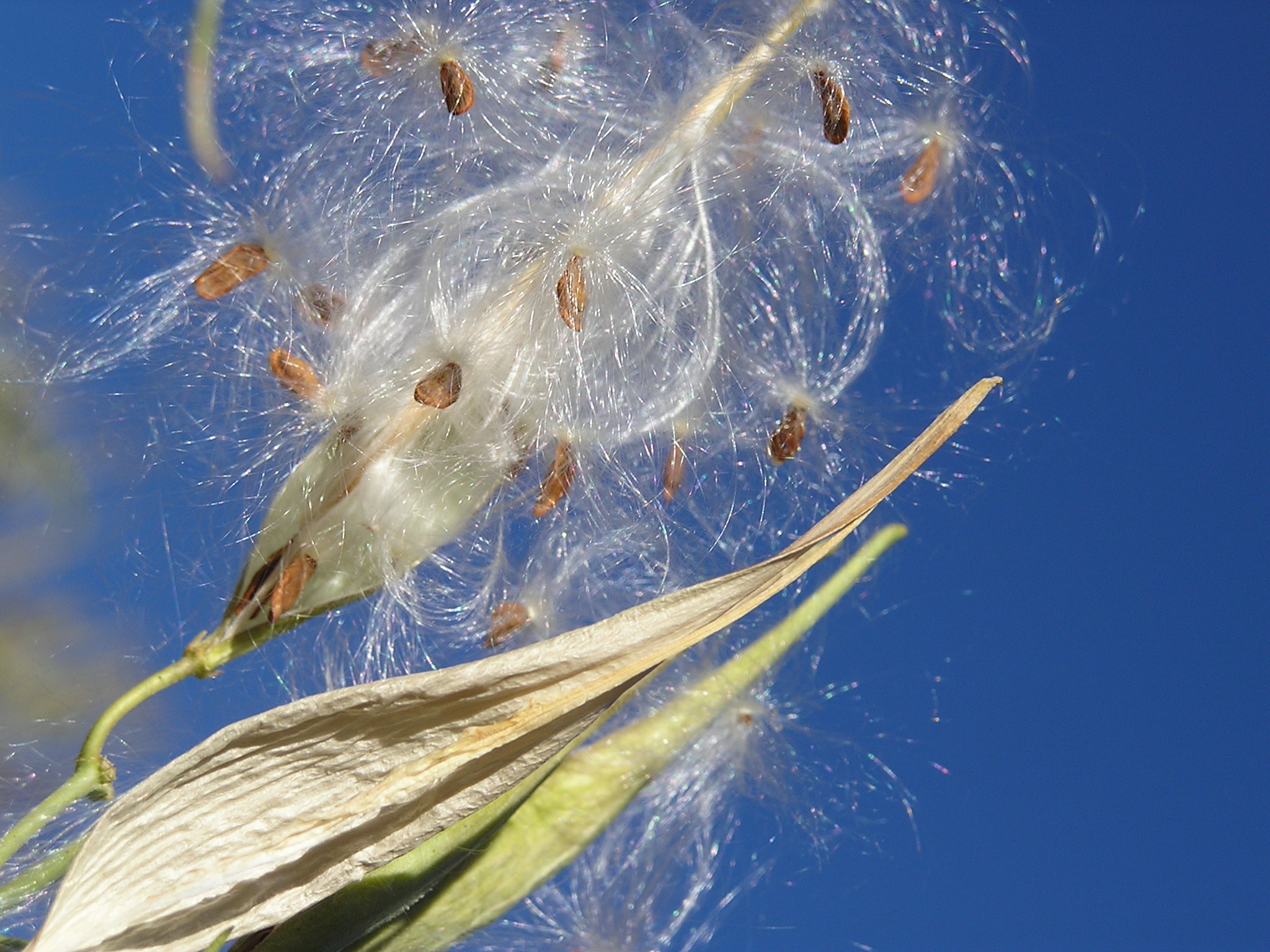
A Little Bible Study
Breath has two main Hebrew words nesh-aw-maw’ (puff) roo’-akh (wind) and two main N.T. words e-mi-phu-saw and ph-ne-o. These are usually translated “spirit’ in N.T.
In the very beginning (Gen 1:2) the roo’akh (spirit/ breath/wind) is moving over the surface of the waters. In Gen 2:7 God formed Adam from “the dust of the ground and breathed into his nostrils the breath of life”. It is God who continues gives life and breath to all living things (Acts 17:25). The breath of God is powerful; creative power and destructive power. The host of heaven was created by the breath of God’s mouth (Ps. 33:6) and the enemy was destroyed by the breath of God’s mouth (2 Sam. 22:16). It was breath that brought the Holy Spirit to the disciples in a whole new way. In John 20:22 when Jesus came to visit his disciples after his resurrection he gave them his peace and then breathing on the disciples he said, “Receive the Holy Spirit.” In both Hebrew and Greek the words we use to translate breath and Spirit are often the same words.
Breath is the most common focal point in Mindfulness exercises. ‘Breath’ is a useful topic for our focus for several reasons.
- Breath is handy; always with us and available for focus. We can be lying in bed or running a marathon, alone or in a crowd, thrilled or frustrated. Where ever we are, what ever our state of mind, we are breathing.
- Breathing is easy to focus on. Anyone from age two on up can learn to become aware of their breath.
- The physical nature of breathing grounds us in the here and now; a frequent goal of mindfulness.
- The need and satisfaction cycle of inhaling and exhaling may have neurological benefits beyond the supply of oxygen. This benefit is still under investigation.
- A side benefit of breath is that as we become aware of our breathing we often naturally deepen our breath, taking in more oxygen. This increase in oxygen brings its own health benefits.
- A few of the many benefits of intentional breathing practices:
- Relates to lowering heart rate and blood pressure
- Move from fight or flight response to rest and digest response
- Reduce physical and psychological effects of stress
- Lower anxiety
- Better sleep
- Heart burn
- Panic attacks
- Asthma
- Improved athletic performance
- Boost energy
- Change your brain wave states especially to alpha and theta states
- It is also a big assistance to help us become quiet and open to the heart of God.
There are a lot of different ways of breathing and they will vary in the affects they achieve. Here are two ways to use breath in mindfulness practices.
1. In the first practice you simply pay attention to the way you are already breathing. You do not need to change it just watch it. (I find that I usually alter my breath to become deeper, from my diaphragm, and slower as a pay attention. But no change is suggested.)
In this practice you pay attention to your in-breath, your out-breath and the space in between. You begin by becoming aware of your breath somewhere in your body. For some it is your nostrils, for others your chest or diaphragm. Then you pay attention to one breath. Then you pay attention to a second breath, then adding a third. When your mind wanders you just note the wandering and return to attending to the next breath.
The simple practice of paying attention to your breath is a helpful tool for many in Centering Prayer. It sends your mind and body a message to simmer down and focus.
2. A second set of ways to use breath in prayer:
The idea of breath is rich with meaning for Christians and our breath is a natural tool to assist in prayers. Here are a few ideas for using breath in prayer.
When I was in a high school Campus Crusade group we were taught spiritual breathing as a way to apply 1 John 1:9; confess your sins and God will forgive you and clean you up. In the practice of spiritual breathing as soon as we became aware of a sin we were to exhale our confession of sin and inhale God’s cleansing forgiveness. It was an effective way to stay clean and right before God.
Here are some more images that you can try:
- As you inhale think of breathing in God’s gift, the breath of life, as you exhale think of giving yourself to God.
- Inhaling, ask for the filling with the Holy Spirit and as you exhale ask to be living out the fruits of the Spirit.
- Silently say a prayer phrase with each inhale and exhale. Such as inhale, ‘thank-you Lord’, exhale, ‘have mercy on me.’
- Recite a portion of Scripture with each breath. Such as inhale, ‘let every thing that has breath’ exhale ‘praise the Lord’ Ps. 150:6. Or inhale, ‘don’t worry about anything’, exhale, ‘pray about everything’ Phil 4:6.
Practice Eight: Haiku
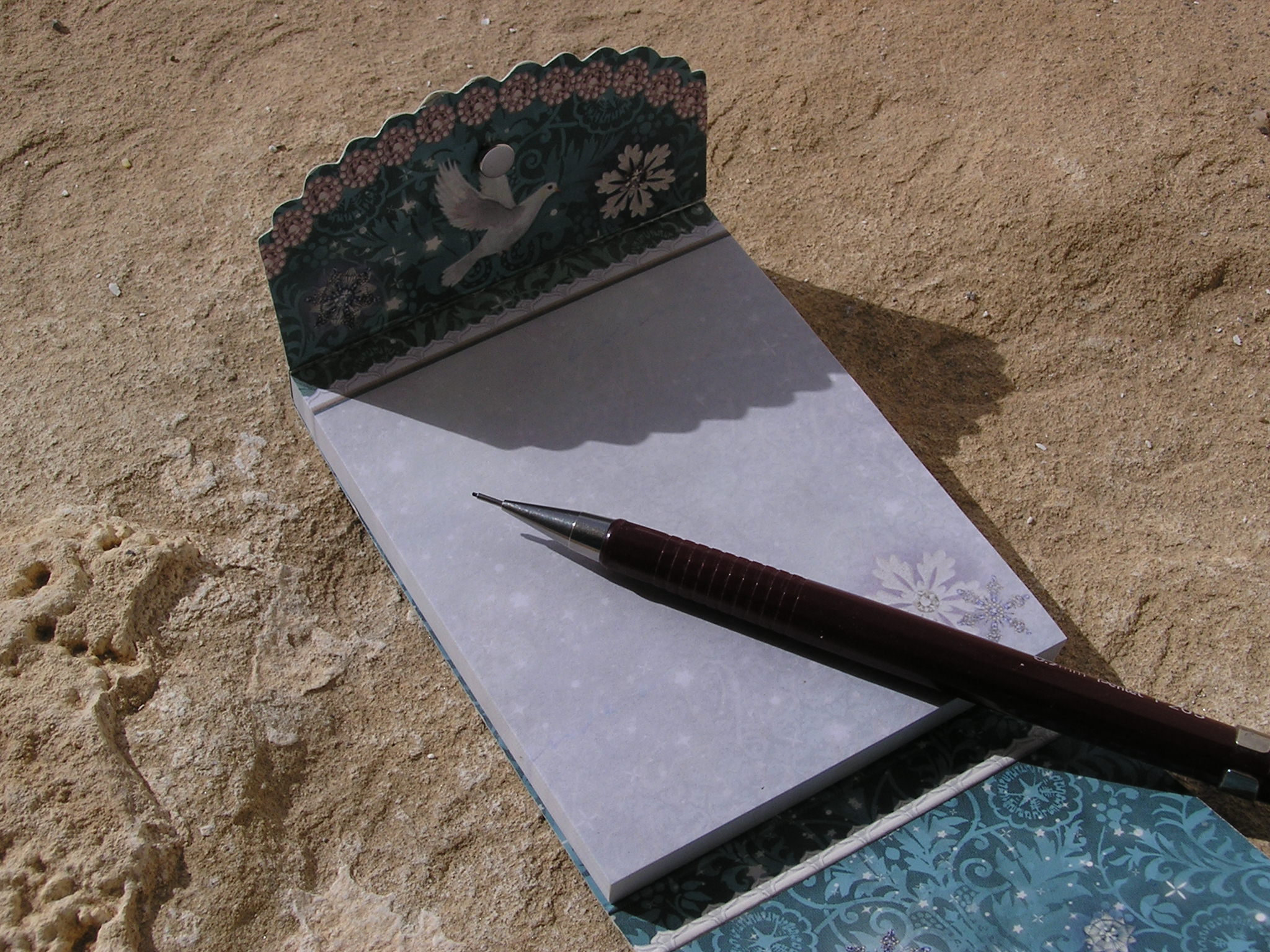
A few years ago I began to use haiku as a mindfulness practice. I began by giving myself permission to write bad poetry and then selected the quickest easiest form I could think of, haiku. The simple structure of 5-7-5 syllables is easy to remember and fast to achieve. I have been surprised how helpful this little practice is for bringing me into the wonder of the present moment.
To do this practice just:
- select any moment
- stop and observe the outside world or the internal world
- come up with three lines of 5-7-5 syllables that capture your observations
Other arts such as painting, dance, and music can also make great mindfulness practices helping you to “be here now”.
Practice Nine: Welcoming Prayer

from Centering Prayer and Inner Awakening, Cynthia Bourgeault
Welcoming prayer is a mindfulness practice to help us relate to our emotions. Negative emotions are usually difficult to welcome. Bourgeault sees a common pattern in negative emotions and provides a tool to regulate these emotions. The pattern begins with a trigger such as a troubling event or thought. This trigger leads to a feeling of frustration. Then afflictive emotions set in and we start in on internal dialogue. This dialogue usually feeds negative emotions and encourages more negative internal dialogue, which in turn promotes more negative emotion.
As soon as we note frustration we can introduce welcoming prayer and break the cycle.
Triggering event —– FRUSTRATION —— place where the cycle can be broken ——- afflictive emotion——–internal dialogue
Welcoming Prayer uses the power of approach rather than our usual method of avoidance to deal with negative emotions. It also the ‘name it to tame it’ effect. This is when you use a left-brain linguistic skill to calm the emotional centers of limbic firing.
The first step in the welcoming prayer: Become a Curious Scientist
A. Welcoming physical pain. When pain comes knocking at the door invite it in. Get to know it in detail. Approach pain with curiosity, linger with it. What exactly is it like, burning, stabbing, fiery, clenching? What does your reaction to this pain feel like? Knot in your stomach, other sensations? “Pain is inevitable. But the biggest difficulty in working with pain is not the pain itself; it is how we react to it.”
Note: this is not welcoming the cause of the emotions. (Not welcoming the disease or negative event, just welcoming the feelings about it.)
B. Welcoming the afflictive emotion. It is knocking at the door. “If you ignore it, it will keep knocking, if you let it in, it often goes away.” Welcome/ approach negative emotions with curiosity. Get to know the emotion in detail. How does it feel in your body? Linger with this step.
Why do we want to get acquainted? Because this is a frequent visitor and the better you know them the better you can manage their visits. Next time they come you will recognize them more quickly and know how to best send them on their way. When you approach negative visitors rather than avoid them, you have more control over them.
After you have examined you negative visitor a thoroughly as you can, you can move to
The second step of welcoming prayer
Let go of your feeling (emotional or physical), sending it to Jesus. Just hand it over to Jesus. If it boomerangs back to you begin the process again. Welcome the feeling, get to know the boomerang version and then let it go to Jesus. Put it in His willing hands. “Cast all your cares on Him, because He cares about you” Your feelings matter to Him. 1Pet. 5:7
Summary
1. Approach/ welcome/study in detail physical or emotional pains
2. Let feelings go. Give them over to Jesus.
Practice Ten: Bloom Coffee Break
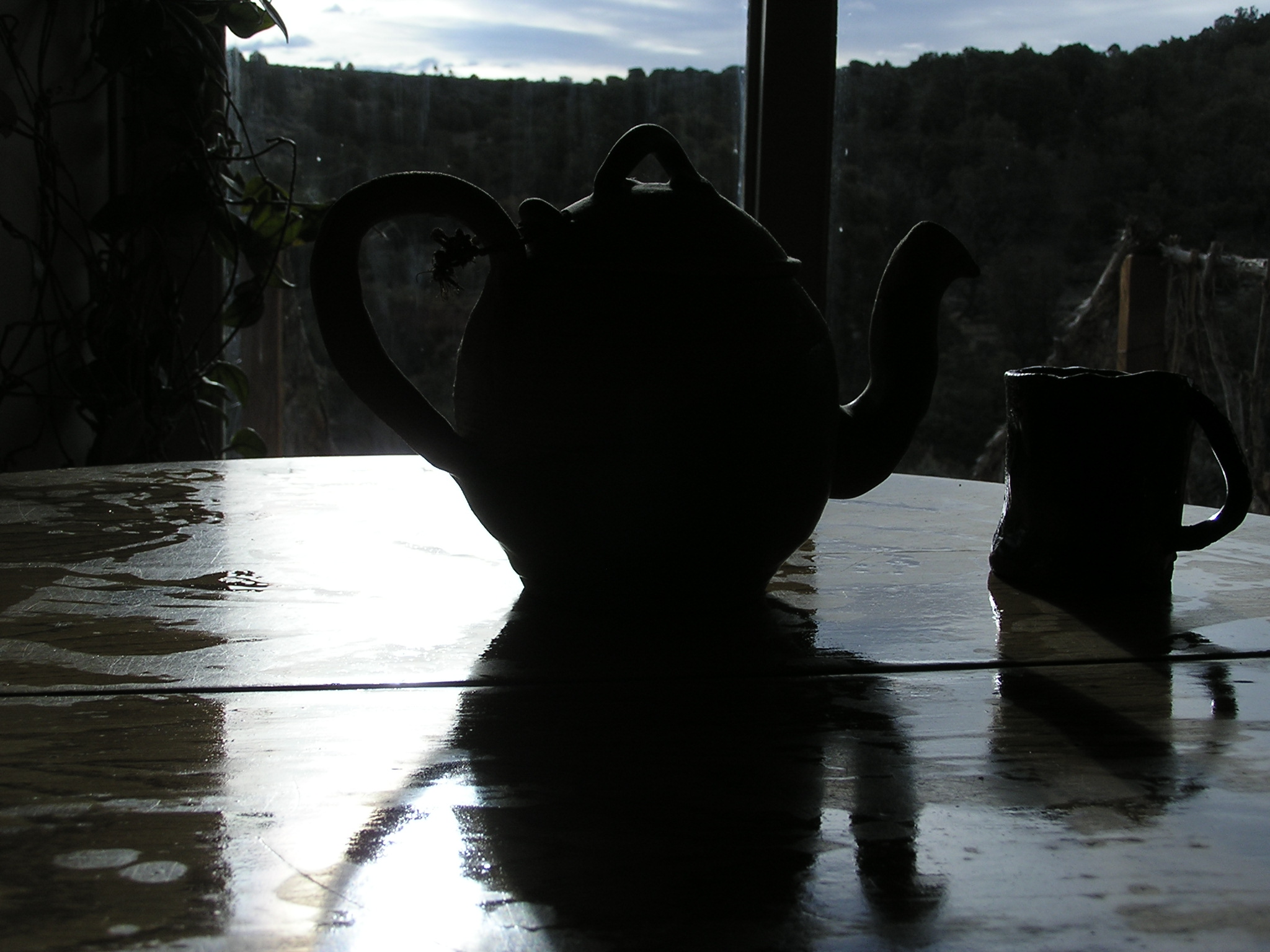
Anthony Bloom was an orthodox Archbishop born in the early 1900’s. His father was a Russian diplomat and his family was kicked out of Russia in the Russian Revolution. Bloom grew up all over Europe and eventually be came a French citizen. When he was a teenager he had no interest in the church or belief in God but while reading the Gospel of Mark in order to disprove it Bloom “suddenly became aware that on the other side of my desk there was a presence. And the certainty that is was Christ — standing there –has never left me.”
Bloom later became a medical doctor and then a priest. In 1949 he moved to Britain to become chaplain in the Anglican-orthodox fellowship of St. Alban and Sergius. Eventually he became an Archbishop. As I read about him and read his writings I find him to be a man of great integrity.
Bloom felt that this present moment is where we encounter God. But we are not naturally skilled at being in the present moment so he suggested we do exercises in stopping time and standing in the present where we can find God. These exercises are similar to S.T.O.P. but they specialize in noticing that God is with us in this present moment.
The following story tells about another Bloom Mindfulness practice. I have renamed it ‘Bloom Coffee break’. Knitting or other portable crafts work well for this practice, but a cup of something to drink can be just as effective for this practice.
When Anthony Bloom was a young priest an elderly woman in her 90’s came to him for advice. He suggested she seek advice with someone wiser, but she said she had asked many people with no success and that perhaps Bloom in his young ignorance would by chance blunder and say the right thing. So with that un-encouraging start, Anthony Bloom asked the woman what her question was.
She said, “These 14 years. I have been praying with the Jesus Prayer almost continually – Lord Jesus Christ, Son of God, have mercy on me, a sinner – and never have I perceived God’s presence at all”.
Father Bloom, just blurted out the first thing that came to his mind, “If you speak all the time, you don’t give God a chance to place a word in”.
He then went on to advise the woman to attempt a new prayer method. Bloom suggested she go to her room after breakfast, straighten everything up, light a lamp before her little icon and then just look around at her room to enjoy it for a while.
After doing this, she was to sit down for 15 minutes and knit before the face of God. “But,” he said, “I forbid you to say one word of prayer.” – She was to just knit with God and try to enjoy the peace of her room.
The woman did not consider this very pious advice but she tried it and a couple of weeks later she came to Anthony Bloom and exclaimed, “It worked!” She related to Bloom that, as instructed, she returned to her room after breakfast, straightened it up and looked around. She noticed the pleasing size and arrangement of the room and windows overlooking the garden. ‘What a nice room I have.’ she thought.
Then she sat down to knit before the face of God and in the silence she began to perceive that the silence was not an absence of noise, but it was something of substance. The silence felt like it had density and richness to it. Then all of a sudden she perceived the silence was a presence, at the heart of the silence – was God.
